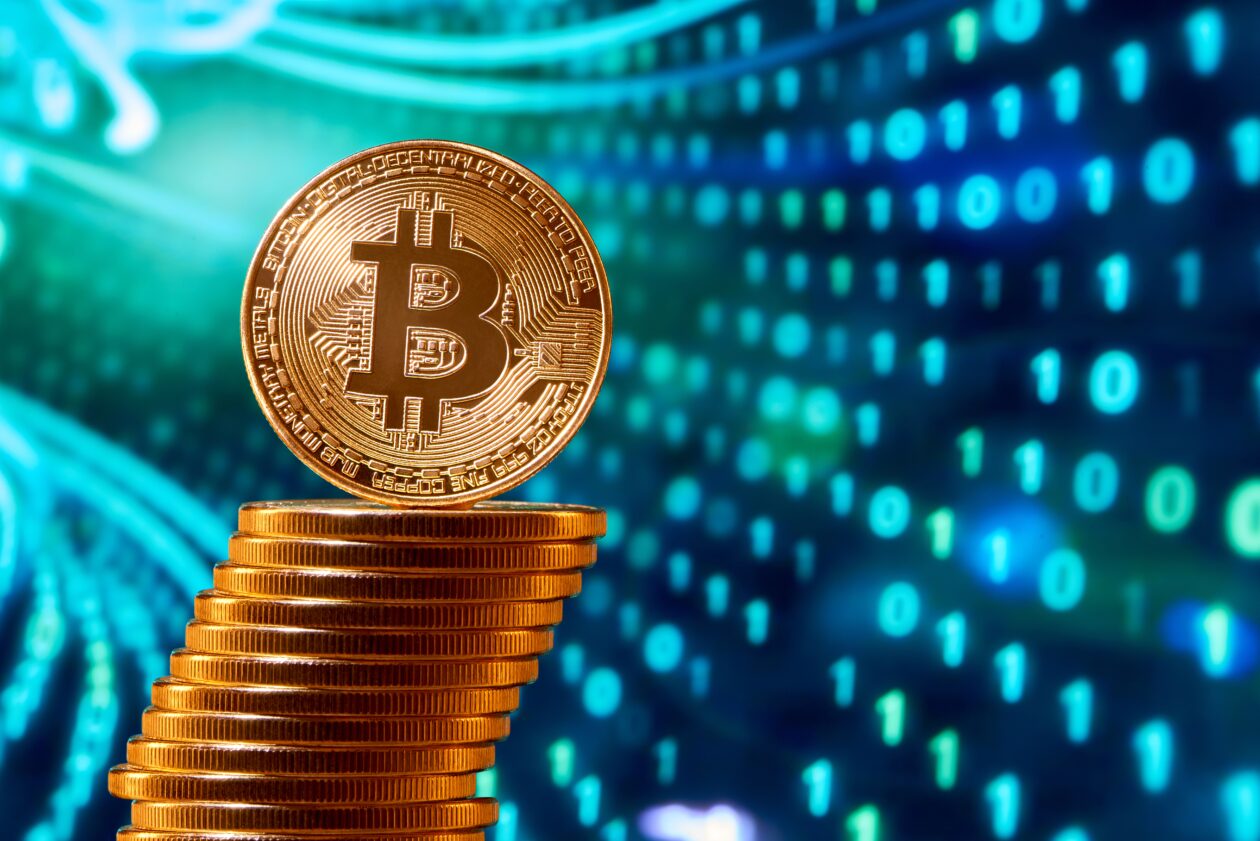Bitcoin continued to gain momentum in Tuesday morning trading in Asia after a bounce back yesterday as regulators acted to backstop the U.S. banking industry following failures at California-based lenders, a move that also helped restore parity to the USDC stablecoin. Most of the top 10 non-stablecoin cryptocurrencies gained. However, U.S. equities closed mixed on Monday, rattled by the bank failures, while speculation grew that the bank problem may cause the Federal Reserve to pause plans to raise interest rates.
See related article: Banks are bringing systemic risks to crypto, says Circle’s Disparte
Fast facts
- Bitcoin surged 7.21% in the past 24 hours to US$24,251 at 09:00 a.m. in Hong Kong, according to CoinMarketCap data. The world’s largest cryptocurrency is up 8% for the past seven days, after erasing losses earlier in the month when crypto-linked bank Silvergate failed and triggered a sell-off in the crypto market.
- Ether rose 3.08% to US$1,673, a gain of 6.84% in the past seven days.
- Crypto exchange Binance’s BNB token jumped 5.09% to US$308.94, posting the second largest gains in the top 10 by market capitalization and gaining 7.06% for the seven-day period. Binance CEO Changpeng Zhao tweeted on Monday that Binance will convert its US$1 billion Industry Recovery Initiative funds from BUSD to cryptocurrencies including BNB, Bitcoin and Ether, offering buying support to the crypto market given the wobbles in stablecoins and banks.
- USD Coin (USDC), the second largest stablecoin by market capitalization that briefly lost its peg to the U.S. dollar at the weekend, has recovered to US$0.9987, according to CoinMarketCap. Circle, the issuer of USDC, announced a new partnership with New Jersey-based Cross River Bank on Monday, following the shutdown of Silicon Valley Bank.
- XRP dipped 1.26% to US$0.3715 and led the losers, but was still trading up 0.73% for the week. Crypto transaction tracker Whale Alert reported a wave of large XRP transactions on Monday, totaling over 916 million XRP.
- The total crypto market capitalization rose 4.61% in the past 24 hours to US$1.08 trillion. Total trading volume over the last 24 hours rose 35.57% to US$93.65 billion.
- U.S. equities closed mixed on Monday. The Dow Jones Industrial Average dropped 0.28%, the S&P 500 dipped 0.15% and the Nasdaq Composite Index edged up 0.45%.
- U.S. bank shares were hit hard despite assurances from U.S. regulators and President Joe Biden that deposits are protected. First Republic, a San Francisco-headquartered bank, fell more than 60% and was briefly suspended from trading, according to CNBC.
- Until March arrived with its banking woes, investors had been focused on what will be the size of the next interest rate hike from the Federal Reserve to slow inflation. But the bank problems have generated speculation the Fed may pause this policy. Goldman Sachs said the Fed is unlikely to raise rates at its next meeting on March 22, reversing a previous forecast for a 25 basis point increase, according to Reuters on Monday.
- The key inflation indicator out this week is the U.S. February consumer price index (CPI), released by the Labor Department on Tuesday. A Reuters poll forecast the CPI to rise 0.6% by month and 6% by year, a dip from the 6.4% for the year ended January 2023, but still well ahead of the Fed’s stated goal to keep annual inflation below 2%.
- Analysts at the CME Group expect a 65.0% chance the Fed will raise rates by 25 basis points this month. The chance of no rate increase is at 35%.
- Interest rates in the U.S. are between 4.5% to 4.75%, the highest since October 2007.
See related article: Circle’s USDC stablecoin regains parity as regulators act to stop bank run risk

